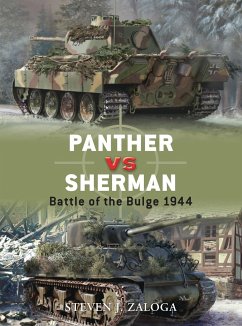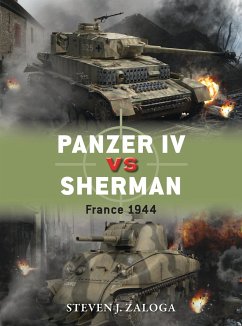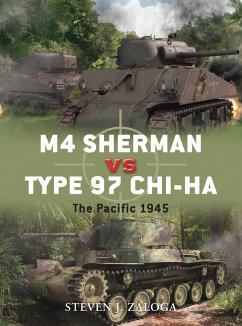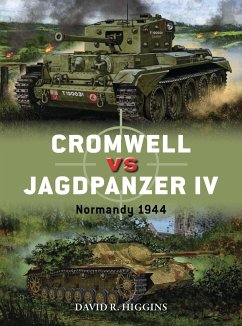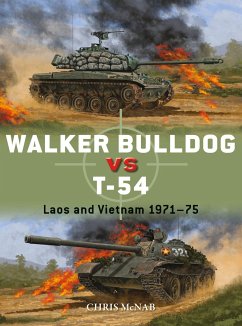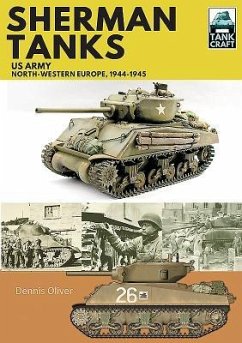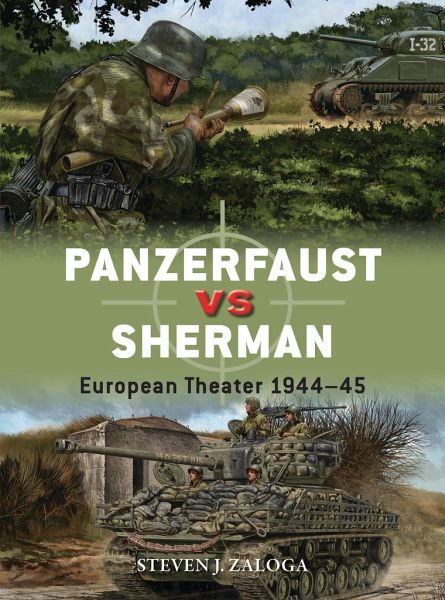
Panzerfaust Vs Sherman
European Theater 1944-45
Illustrator: Gilliland, Alan; Shumate, Johnny
Versandkostenfrei!
Versandfertig in 2-4 Wochen
23,99 €
inkl. MwSt.
Weitere Ausgaben:

PAYBACK Punkte
12 °P sammeln!
This illustrated title explores the deadly battle between the innovative Panzerfaust and Panzerschreck anti-tank weapons employed by the forces of Nazi Germany and the US tanks striving to defend against them.




